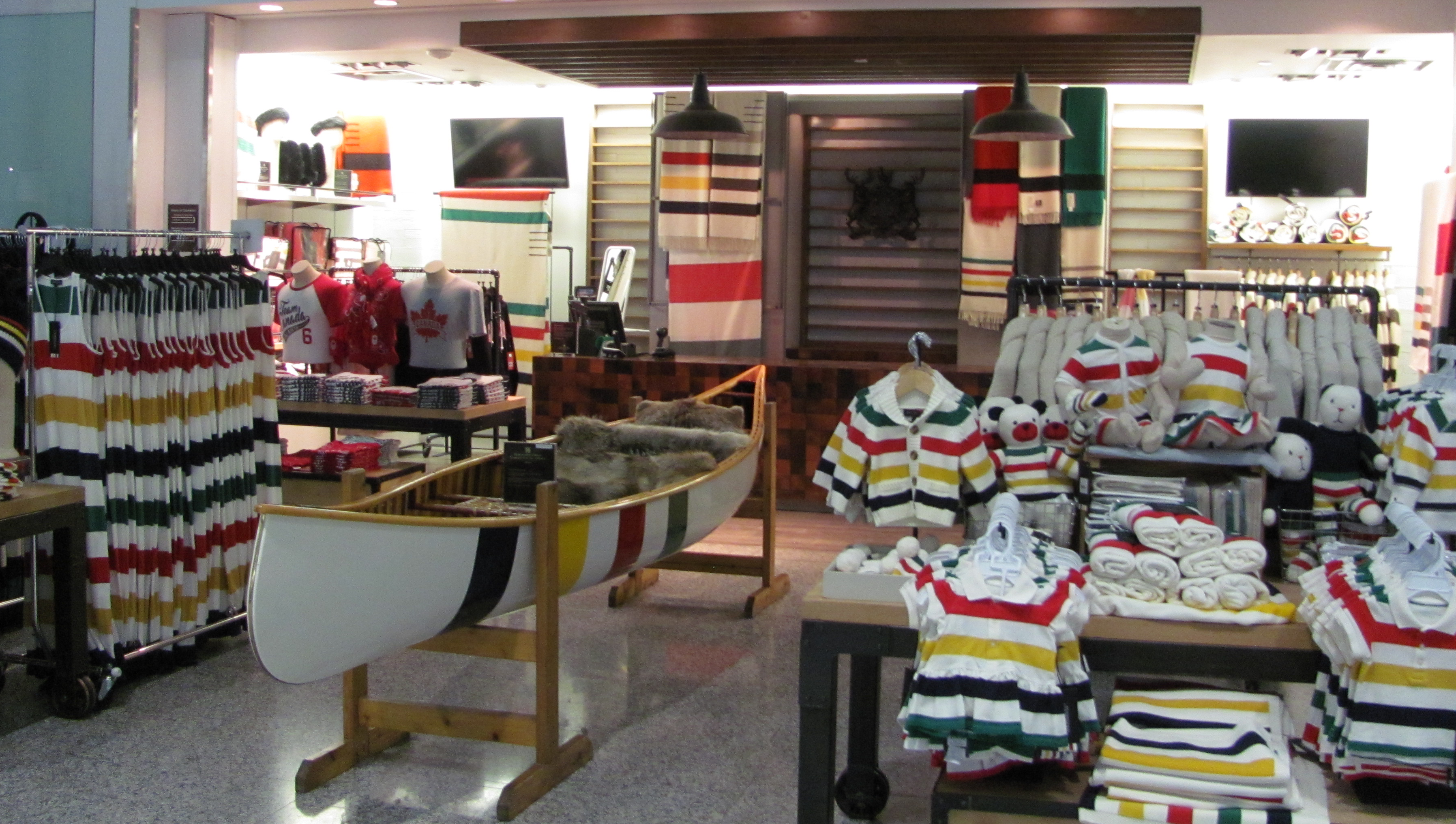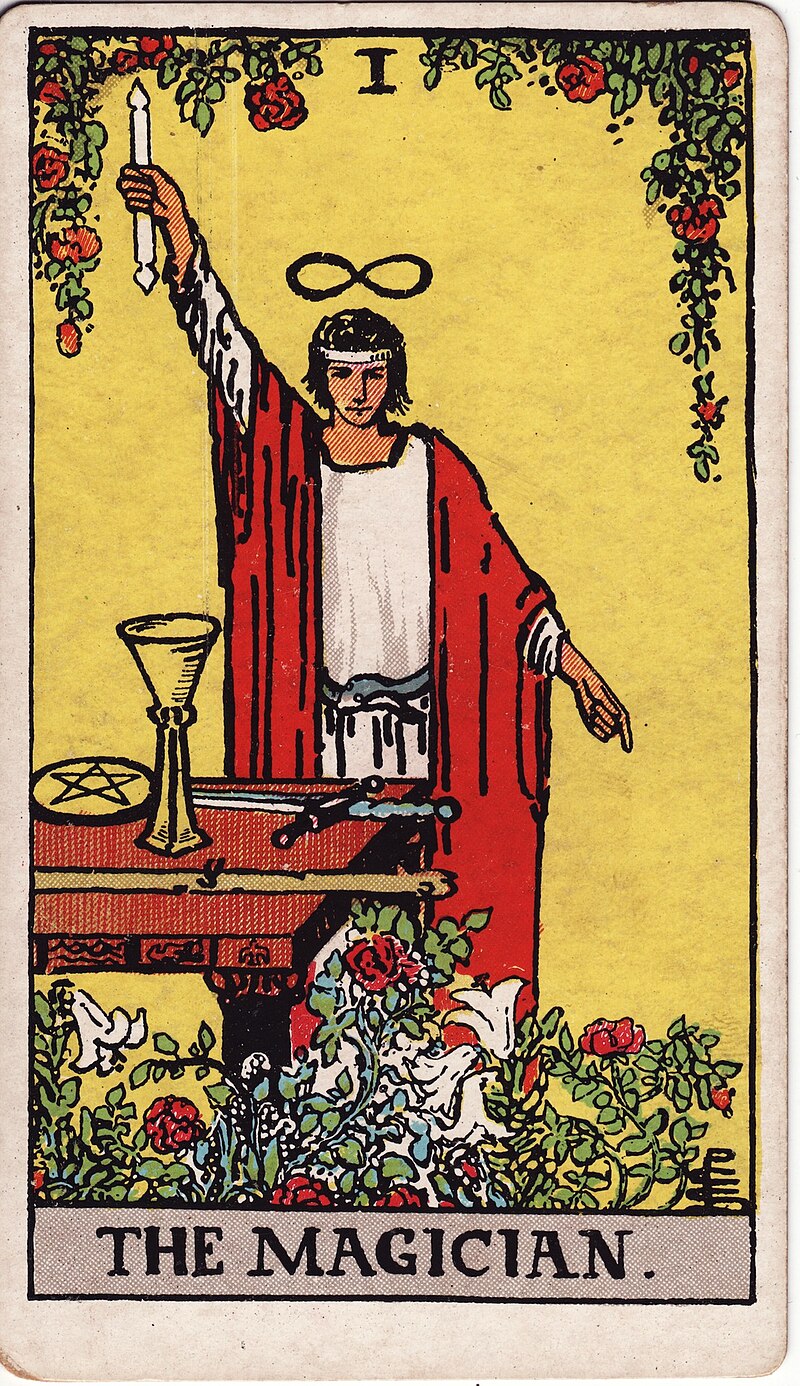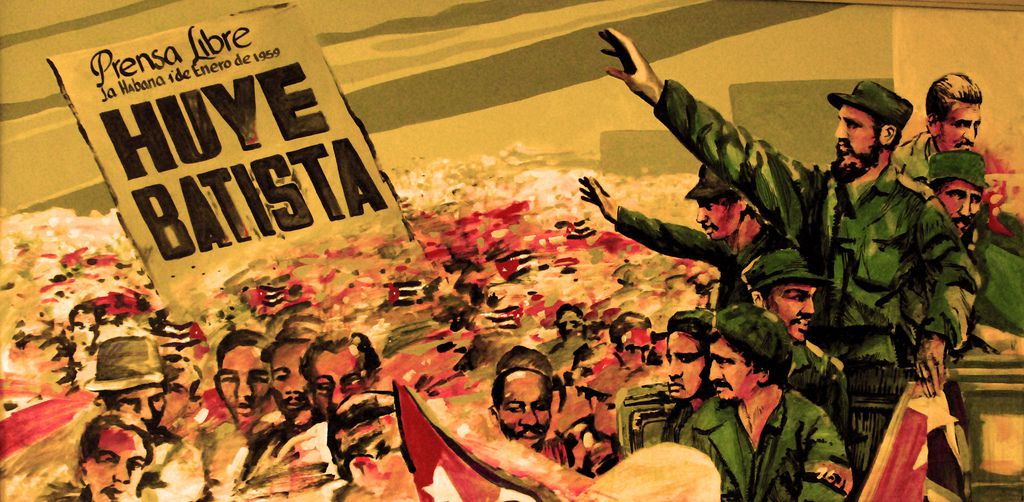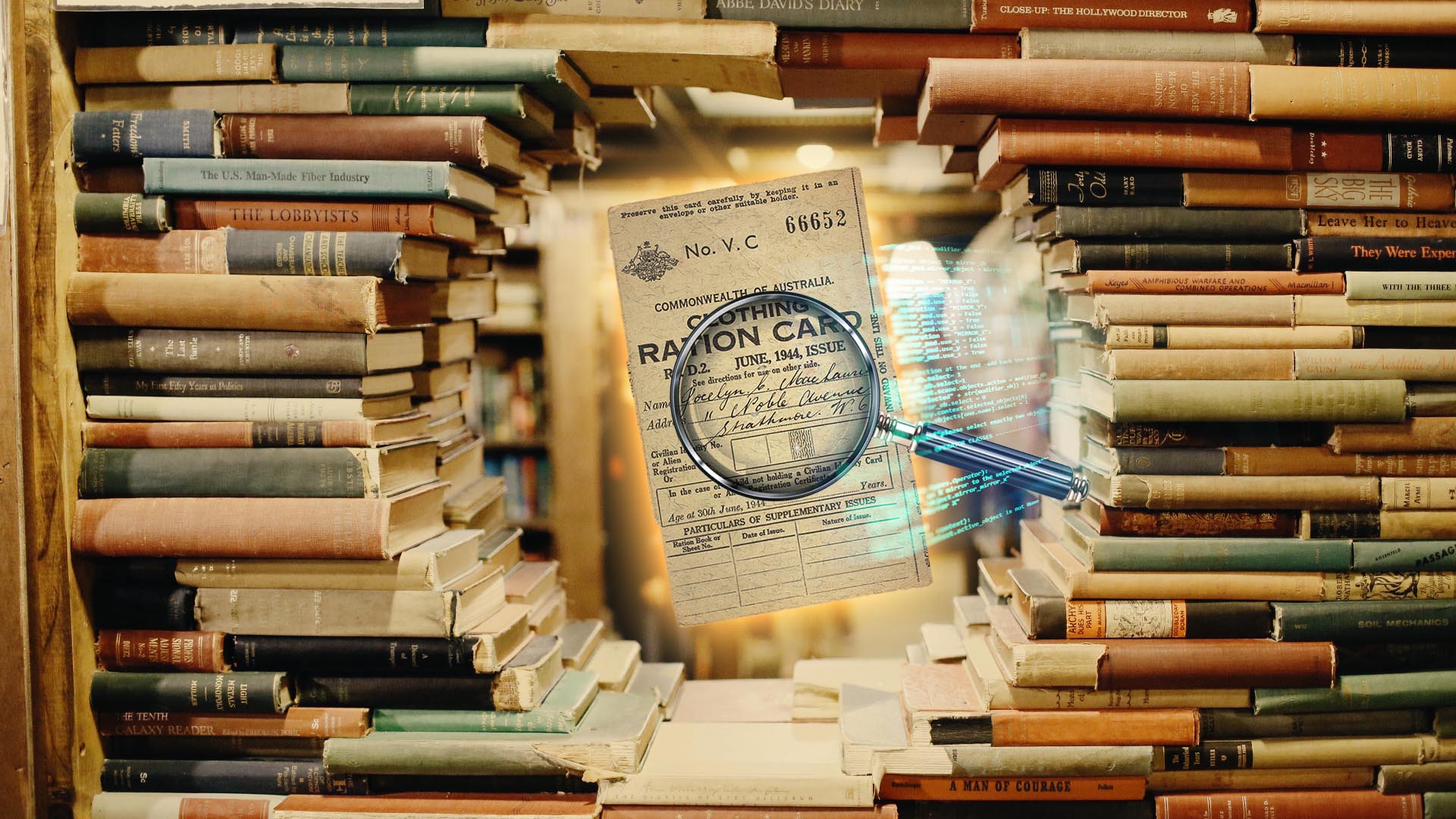
This course explores the global impact of modern tourism by focusing on a number of key questions: How, when, and why did tourism emerge? What motivates tourists to travel? Why do local communities embrace tourism? And how are the benefits and costs of this industry distributed? Planned case studies include: Beaches, Zoos, Theme Parks, Museums, Ecotourism, Shopping, Gambling, and Sex Tourism.
- Profesor: Michael Dawson

Hockey. The beaver. The canoe. Poutine. This discussion-based course examines some of Canada's most recognizable and influential symbols. The course proceeds thematically and focuses on specific symbols to explore key themes such as national identity, appropriation of Indigenous culture, political conflict, and commodification. Questions addressed in the course include: Where do symbols come from? How have their meanings changed over time? How does their popularity prioritize some interests over others? How have such symbols been appropriated, resisted, and reclaimed? And, perhaps most importantly, how are Canadians shaped by this symbolic landscape?
- Profesor: Michael Dawson

This course explores how various cultures (and some exceptional individuals) have sought to understand their world in supernatural terms. Notions and practices of “magic”, often in tension with contemporary religious and scientific beliefs, will be studied as they changed over time and in response to shifting cultural needs. The relationship between “magic” and otherworldly creatures broadly conceived as “demonic” (and potentially, but not necessarily, linked to absolute incarnations of “evil”) will also be examined. Selected examples from around the world will be presented to introduce students to a wide variety of historical periods, regions, and themes. Throughout, our focus will be on seeking to understand magical and demonic systems as historical artifacts rather than passing judgments on either their reality or their morality.
- Profesor: Robin Vose


